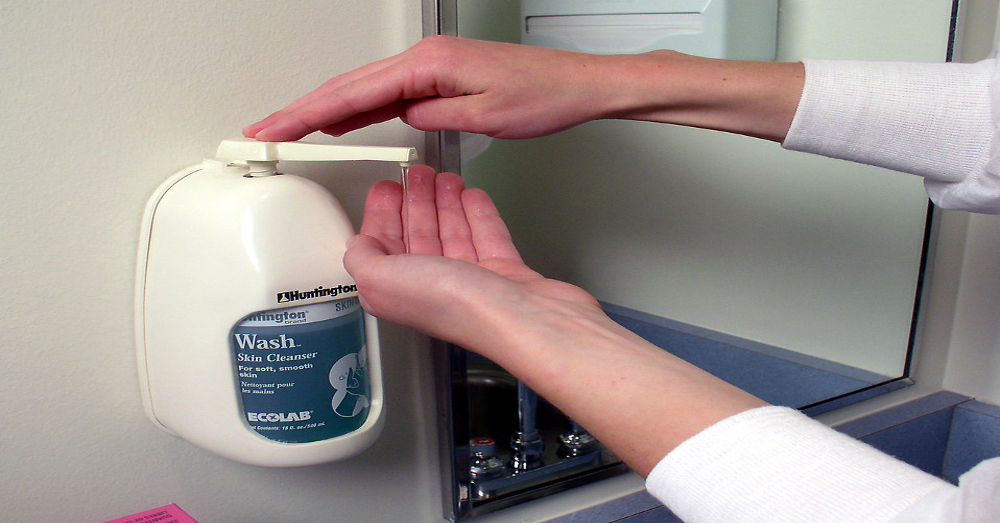
Buyer Beware: Soaps and Sanitizers May Increase Absorption of Dangerous BPA
Bisphenol-A (BPA) is an endocrine-disrupting chemical found in countless personal care and plastic products, including the lining of canned goods, nonstick food containers, water bottles and even cashier's receipts. It was first created in 1891, but didn't appear in manufactured products until the 1950s.
May 31, 2017 | Source: Mercola | by Dr. Joseph Mercola
Bisphenol-A (BPA) is an endocrine-disrupting chemical found in countless personal care and plastic products, including the lining of canned goods, nonstick food containers, water bottles and even cashier’s receipts. It was first created in 1891, but didn’t appear in manufactured products until the 1950s.
Although the American Chemistry Council, an industry trade group, has consistently insisted BPA is safe,1,2 this is contrary to the weight of evidence. The chemical has been banned from use in sippy cups and other baby products due to potential health risks to infants.3 Manufacturers prize BPA as an additive to plastics as it makes the final product more resilient and often transparent. BPA resins are also used to keep metal from corroding. It’s used in an estimated 75 percent of canned goods sold in the U.S.
Despite strong scientific evidence of negative health effects, and relentless health advocacy group work to remove the chemical, the industry was valued at over $13 billion in 2013 and is expected to reach $20 billion by 2020.4 In response to consumer concerns some food companies have agreed to stop using BPA.
However, this may not have the effect you expect, as research demonstrates these substitute chemicals may cross the placental barrier, increasing the toxic load on infants,5 and may have similar endocrine-disrupting effects on adults since they are nearly identical chemical compounds. Making matters worse, certain soaps and sanitizers may increase your absorption of BPA, making it all the more dangerous.
